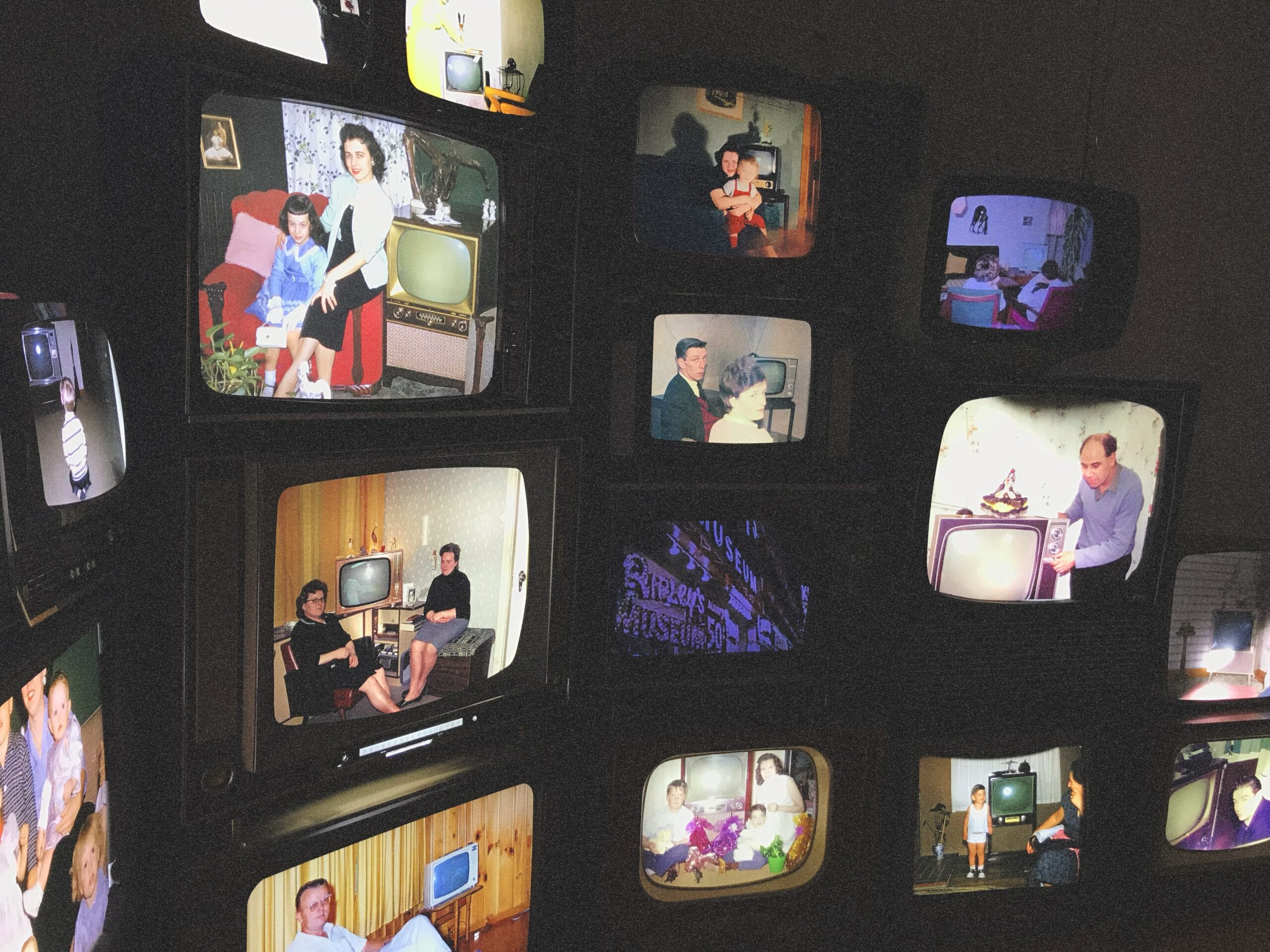Treat yourself to a digital detox at least for the weekend
Perhaps it will not be news to anyone that almost all of us are dependent on our phones (if you do not agree, then most likely you are in the stage of denial). The good news is you are not alone.
The ubiquity of the problem has made the best scientific minds become interested in it. The bad news is that the same scientists believe that screen addiction is harder to get rid of than drug addiction.
The average teen looks at a screen for about 11 hours a day. In addition to the fact that this time could be spent on walks, studying, and live interaction with other people, there is an additional complication. The study showed that this behavior is directly related to attention deficit hyperactivity disorder, anxiety, depression, increased aggressiveness and even psychosis. For adults, the prognosis is not much better.
So what to do? Acknowledge the problem, read the symptom checklist, and… love the boredom.
Is screen addiction different for children and adults? What qualifies as unhealthy adult technology use?
Adults have a fully developed frontal cortex, so neurophysiologically they are better prepared for screen exposure than children. But despite this, they can also become addicted to gadgets. Clinical manifestations are similar at any age. Does the phone have a negative impact on your work/personal life? Hand on heart, can you control the number of hours you spend in front of a screen? Does using your phone/tablet reduce the amount and quality of your sleep? Do you experience irritability when you are away from your gadget? The answers for most addicted children and adults will be the same.
Is screen addiction linked to other unhealthy behaviors?
Several studies link excessive social media surfing to poor academic performance, aggressive sexual behavior, and other behavioral problems. In adults, the so-called Facebook depression (an extremist organization banned in Russia), which occurs against the background of comparing oneself with others, and increased anxiety are becoming common problems.
What should people who are highly addicted to gadgets do?
In extreme cases, the following therapy may be suggested: avoiding screens, including television, for a period of four to six weeks. The key to success will be the correct replacement of free time, ideally with meaningful and healthy activity. For example, meditation.
After such a detox, a person gradually returns gadgets to his life, carefully monitoring at what point he begins to fall into the black hole of social networks. Some people manage to use them sparingly, others don’t. Another fact: digital detoxes are more effective when supervised by a mental health professional.
What about adults who feel they could use less screen time?
- If you think you could do with cutting back on screen time, try making it a habit to have fixed time slots throughout the day and home-cooked dinners without gadgets.
- Don’t leave your phone on your bedside table.
- Increase the number of non-phone related activities: sports or any active leisure, face-to-face meetings with friends, reading, walking.
- Love boredom. We are used to the idea that we need to be constantly stimulated. But this is not true; The healthiest skill we can develop is learning to just sit and be. It is this being in the moment that meditation teaches. As mindfulness guru Jon Kabat-Zinn once said, we have become human doings rather than human beings.






